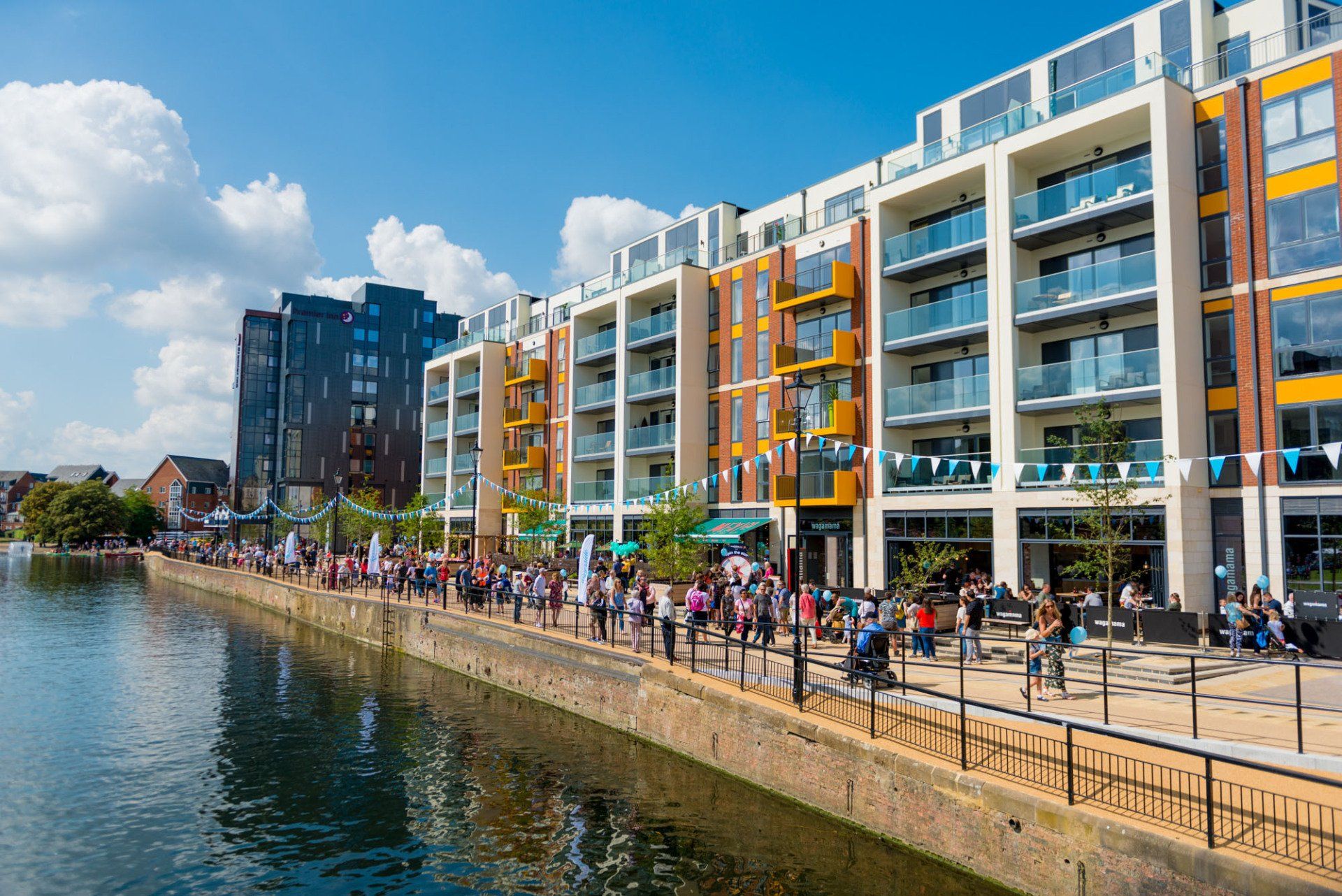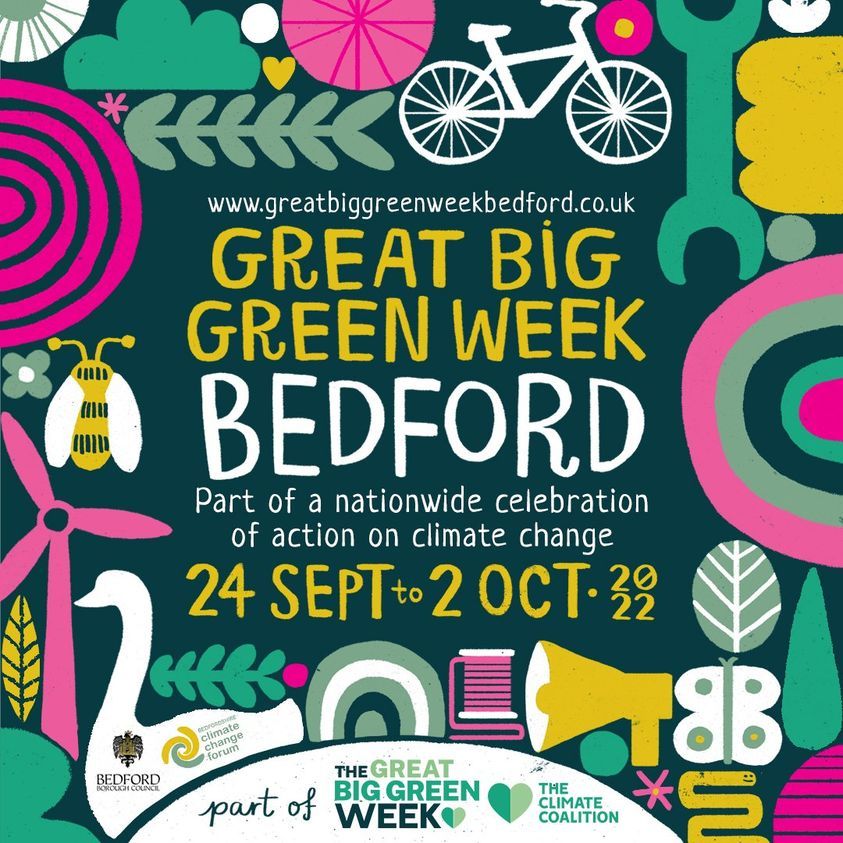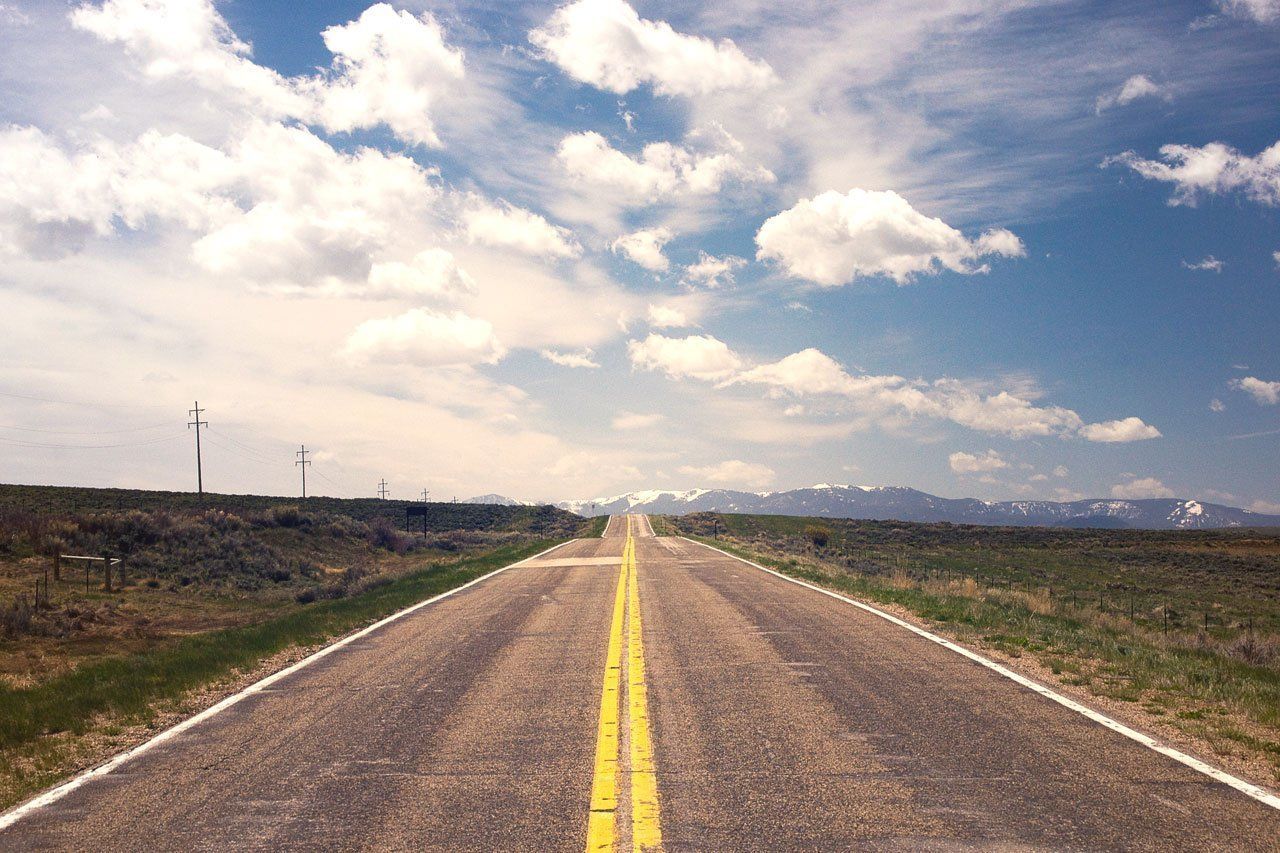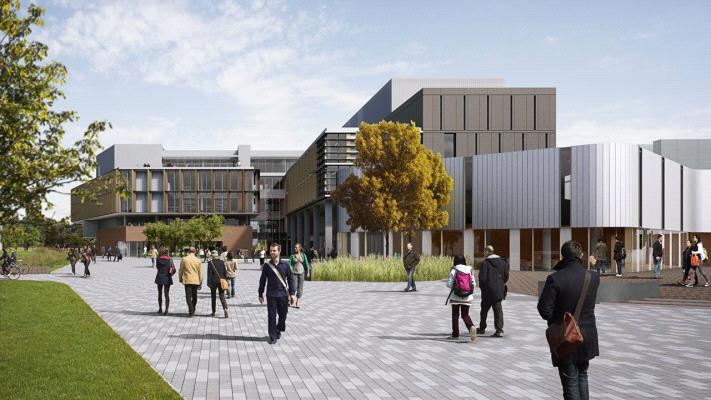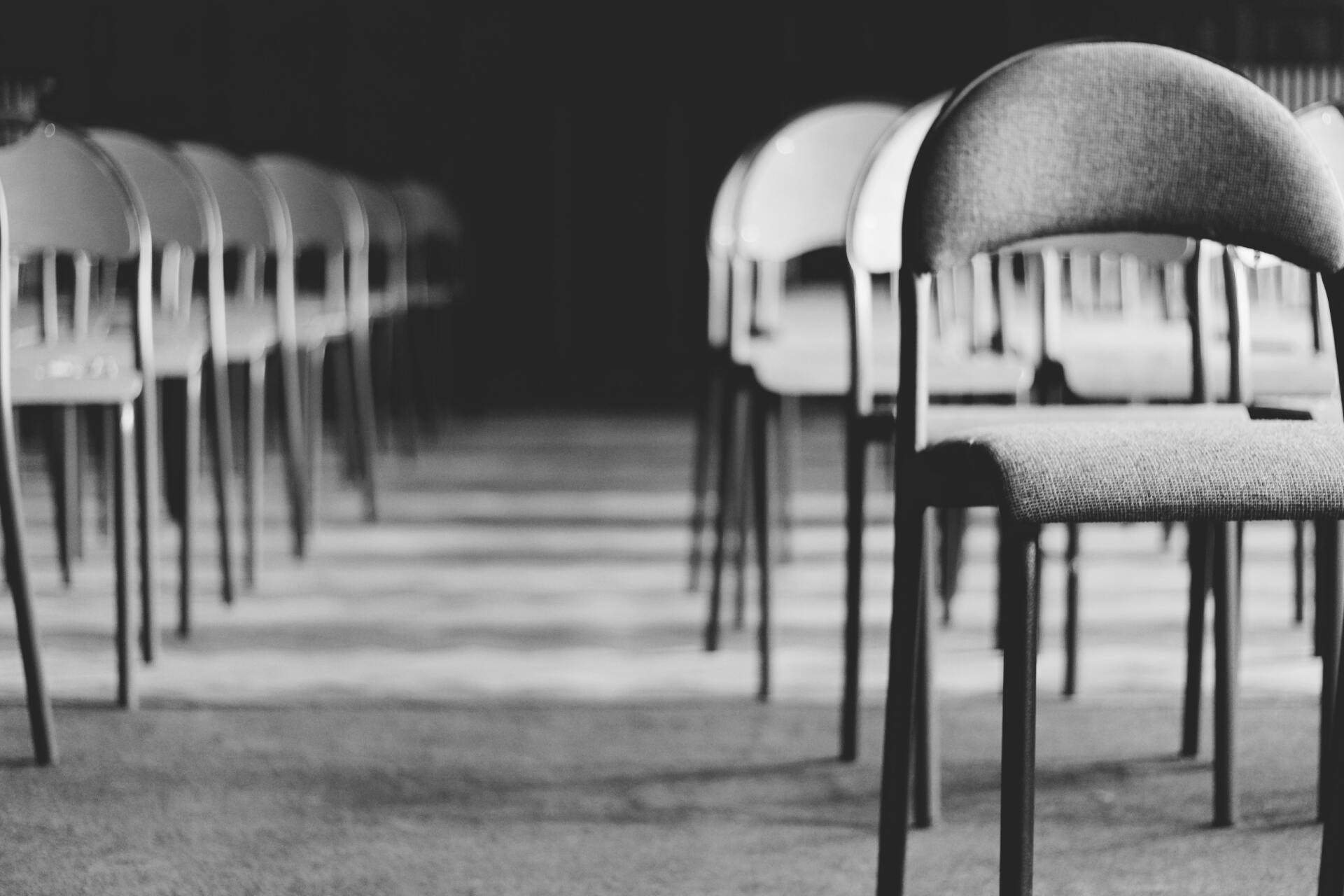by Simon Guy
•
6 December 2021
It is estimated that 270,000 tonnes of furniture is disposed of each year in the UK. Just 17% of sofas are reused, whilst almost half of all furniture that is disposed via household waste centres could be reused in some shape or form, either in its current condition, or with slight repairs. So how can we go about being more sustainable and ‘circular’ in the furniture we buy and use? This was the subject of the latest ‘Circular Economy Elevenses’ online event from Circular Economy Club (CEC) 3 Counties held on 22 nd June. CEC 3 Counties covers Bedfordshire, Buckinghamshire and Northamptonshire in the UK, and exists to promote circular economy practices throughout the region, connecting individuals, businesses and charitable organisations as we seek to be more ‘circular’. We heard from some excellent speakers and practitioners drawn from across the three counties. Katherine Adams of CEC 3 Counties opened the event, highlighting some of the barriers, perceived and real, to greater circularity in furniture, including the design of furniture products, the logistical difficulties of storing and moving reusable furniture, and our ‘throwaway’ consumer culture and buying behaviour. Cat Fletcher, co-founder of Freegle UK , introduced the UK’s biggest free sharing network which has been in existence for more than 12 years. Freegle aims to reduce waste in local communities. There are over 450 local Freegle groups, with 3.4 million members across the country. Freegle matches up who have a local need with people who have something to pass on or reuse. This not only promotes reuse but also has a huge social value, connecting communities and people especially during the challenging and difficult times experienced during the coronavirus pandemic. In the year to May 2021, Freegle helped share over 10,000 tonnes of material and equipment, with an economic value of nearly £8 million, and helping save 5,500 tonnes of carbon. Cat highlighted the ridiculously high level of furniture waste in the UK, items that are simply thrown away that could be reused. We also have the dreadful blight of fly tipping, with some London Boroughs spending more than £1 million a week on clearing up fly tipped items. Freegle can help reduce furniture poverty, it helps encourage upcycling and it reduces plastic packaging, as most shared items come without packaging. Freegle is available in the 3 Regions and across the UK. Tina Benfield, Technical Services Manager at CIWM (The Chartered Institution of Wastes Management) and Greg Lavery of Rype Office described the collaboration behind the recent office move and sustainable fit-out of CIWM’s headquarters in Brackmills, Northampton. CIWM’s ethos, is, of course around reuse and recycling and Tina described how they overcame some of the challenges to arranging a more resource efficient set-up for the office they moved to in Northampton. They partnered with Collecteco to reuse furniture that was no longer needed from the office space they were vacating. Over 300 large furniture items were reused, which created an in-kind fund saving over £40,000 of value for the organisations that benefited from the reuse. Greg described how furniture accounts for around 30% of the life cycle carbon footprint of a typical office. Rype place major emphasis on a more ‘circular’ approach, re-manufacturing and reusing existing furniture and sourcing sustainably produced new furniture where existing furniture cannot meet the requirement. Rype also provide a takeback scheme, which not only works for improving client relationships and service, but also can provide a financial benefit and opportunity. Greg provided a snapshot of the newly created office environment at CIWM, which includes recycled and repurposed furniture from other offices, and a boardroom table made from recycled plastic yoghurt pots, all in an attractive and engaging office environment. Sian Berkley of Ocee Design spoke about the company’s sustainability journey, which revolves around reducing their own carbon footprint, increasing the transparency of their supply chain and providing customers with more choice in sustainable furniture design. Ocee apply life cycle assessment thinking to all stages of their product, from product design and procurement through to manufacturing, supply and end-of-life. They design for disassembly, using recycled materials. They aim to provide customers with a better and more sustainable choice, and look for independent certification to back-up these choices. Ocee have recently launched a take-back scheme, placing a priority on reusing items they recover, often donating them to community groups, schools and charities. They monitor the carbon savings and financial value of this reuse. Ocee’s manufacturing facility is in Northampton. Tom Blight from Emmaus Village, Carlton , provided a presentation on their socially-inspired furniture reuse and upcycling activities. Emmaus is a charity that aims to support formerly homeless people (known as ‘companions’). They operate a large ‘pre-loved items’ store at their centre in Carlton, also provide local household collection and a service for nearby large retailers who wish to dispose of unwanted furniture stock. Emmaus run furniture upcycling workshops, whereby customers at the store can pick an item of furniture and learn upcycling skills, give the furniture item a new lease of life and take it home at the end of the session. So there are many opportunities to be more ‘circular’ in furniture reuse and recycling across the region, whether this be in an office setting, at home, in a school or elsewhere. The range of projects and case studies provided was inspirational, not just in reducing our carbon footprint and saving money, but also in the wider social value and community cohesion provided by reuse, recycling and upcycling. Furniture is something that is an intrinsic part of all our daily lives, but perhaps we can all do more to promote the circular economy activities at home and work.

